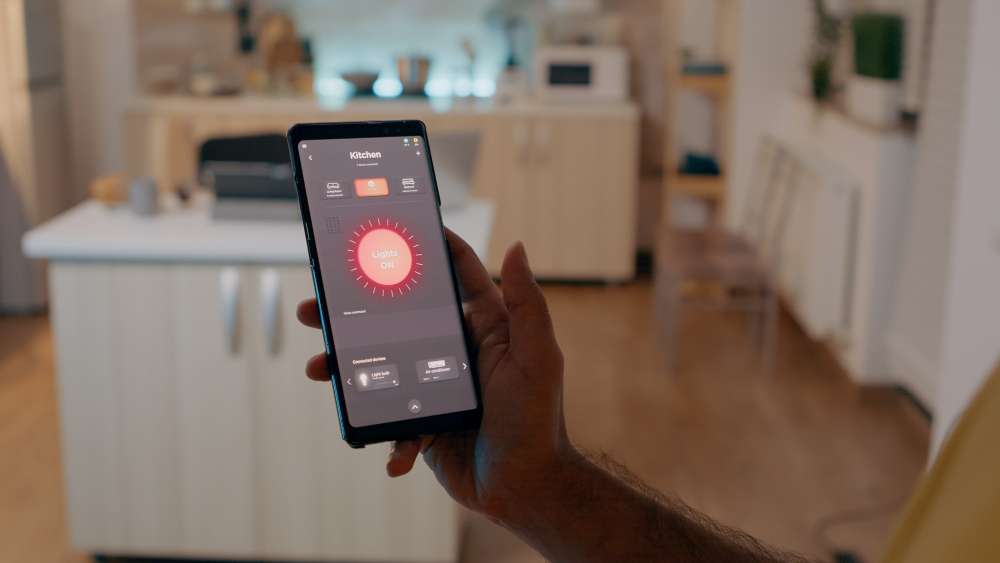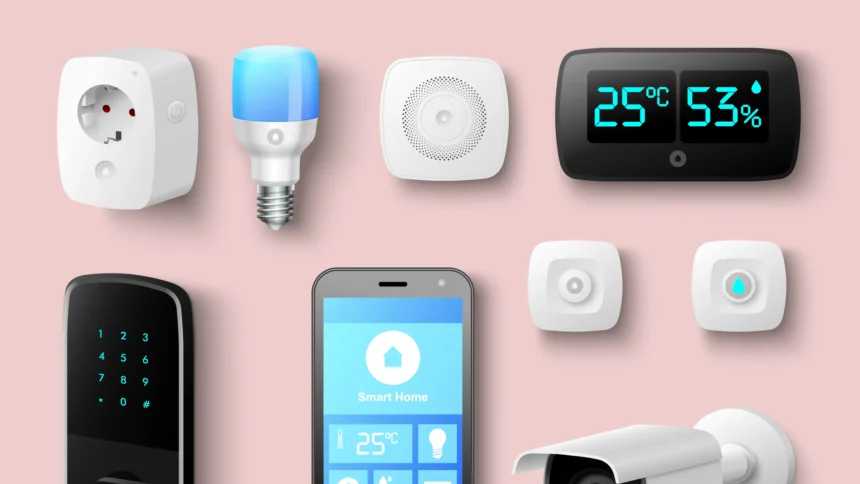In the digital age, technology has reshaped nearly every aspect of human life, and one of the most remarkable transformations has been in the way we live within our homes. The advent of smart homes has revolutionized modern living, enhancing convenience, security, energy efficiency, and overall quality of life. This article delves into how smart homes are changing the way we live, the benefits they offer, and what the future holds for this exciting development in home technology.
What Are Smart Homes?
A smart home refers to a residence equipped with smart devices that can be controlled remotely via the internet or through centralized systems such as smartphones or voice-activated assistants like Amazon Alexa or Google Assistant. These devices are designed to perform tasks automatically, communicate with each other, and be controlled through user-friendly interfaces, making home management easier, more efficient, and personalized.
Smart homes integrate a variety of technologies, such as lighting, security systems, heating and cooling, appliances, entertainment systems, and even health monitoring tools. This integration allows users to control and automate their home environment based on their preferences, lifestyle, and needs.
How Smart Homes are Revolutionizing Modern Lifestyles

The impact of smart homes on contemporary lifestyles is profound. Here are some of the most significant ways in which they are transforming the way we live:
1. Convenience and Comfort
One of the most immediate benefits of smart homes is the convenience they offer. Imagine waking up in the morning, and your home is already prepared for your day. The smart thermostat adjusts the temperature based on your preferences, the coffee machine starts brewing your favorite brew, and the lights gradually brighten to simulate a natural sunrise.
With voice commands or a mobile app, you can control nearly every aspect of your home, from adjusting the lighting and temperature to managing your entertainment system and appliances. This level of automation eliminates the need for manual adjustments, making life more comfortable and freeing up your time for other activities.
2. Energy Efficiency and Cost Savings
Smart homes are also designed to improve energy efficiency, which can result in significant cost savings. Smart thermostats, for example, learn your habits and adjust the temperature accordingly, preventing energy waste. If you’re away from home, these systems can automatically adjust the heating or cooling to save energy.
Smart lighting systems also contribute to energy conservation by allowing you to set schedules or use motion sensors to ensure lights are only on when needed. These energy-efficient solutions can lower utility bills and reduce the carbon footprint of your household.
3. Enhanced Security and Safety
Home security has always been a priority for homeowners, and smart homes take this concern to the next level. With smart security cameras, doorbell cameras, motion sensors, and alarm systems, homeowners can monitor their property remotely, receive alerts on suspicious activity, and even communicate with visitors via video feeds, all from the comfort of their smartphones.
Smart homes also feature advanced safety features such as smoke and carbon monoxide detectors that can send instant alerts to your phone in case of an emergency. Automated lighting systems can deter intruders by making it appear as though someone is home, even when the house is empty.
4. Health and Well-being Monitoring
As technology advances, smart homes are increasingly equipped with health-monitoring devices that can track vital signs, activity levels, and sleep patterns. For instance, smart beds can monitor your sleep quality, adjusting to provide better support throughout the night. Some smart homes also integrate fitness trackers and health devices to monitor your physical well-being in real-time.
Additionally, smart air purifiers can monitor air quality and adjust their operation to ensure the air in your home is clean, reducing allergens and pollutants. This integration of health-focused technology ensures that your home environment supports your overall well-being.
5. Home Automation for Time Management
Home automation in smart homes is designed to help individuals and families better manage their time. With automated systems, tasks like vacuuming, dishwashing, or even watering the plants are taken care of automatically. You can schedule your washing machine or dishwasher to run during off-peak hours to save on electricity or ensure your home is cleaned when you return from work.
For busy individuals, time management is a key factor, and smart home systems provide valuable assistance by eliminating many routine tasks that would otherwise require manual attention. This automation leads to a more productive and stress-free daily life.
6. Personalization and Adaptability
Smart homes are designed to adapt to your preferences over time. For instance, your smart lighting system can learn your preferences for brightness and color temperature, automatically adjusting as the day progresses. The smart thermostat can adjust the temperature to suit your comfort level, and even your entertainment system can tailor recommendations based on your viewing or listening habits.
These personalized settings make your living space more comfortable and user-friendly, creating an environment that feels more in tune with your daily life and preferences.
The Future of Smart Homes
As technology continues to evolve, the future of smart homes looks even more promising. Here are some trends that will shape the next generation of smart homes:
1. Artificial Intelligence (AI) Integration
AI will play an even more significant role in smart homes as systems become more intelligent and capable of predicting user needs. For example, AI could anticipate when you are likely to arrive home based on your schedule and adjust the temperature and lighting accordingly. AI will also improve the ability of smart devices to communicate with each other, making the home environment even more seamless and intuitive.
2. Enhanced Connectivity with 5G
The rollout of 5G networks will significantly enhance the connectivity of smart devices. With faster and more reliable internet speeds, smart homes will become more responsive, allowing for real-time data processing and quicker communication between devices. This improvement will enable even more complex automation and better user experiences.
3. Increased Focus on Sustainability
As environmental concerns continue to grow, the next generation of smart homes will focus more on sustainability. Smart devices will become even more energy-efficient, with new technologies designed to reduce energy consumption and minimize waste. Smart homes will also integrate renewable energy sources, such as solar panels, and use smart grids to manage energy distribution more efficiently.
4. Interoperability Between Devices
Currently, one of the challenges of smart homes is the lack of interoperability between different devices and brands. In the future, we can expect more seamless integration, where devices from different manufacturers work together harmoniously. Open standards and platforms will allow users to customize their smart homes with greater flexibility.
5. Privacy and Security Concerns
As smart homes become more interconnected, privacy and security will remain critical issues. With increasing concerns about data breaches and unauthorized access to personal information, manufacturers will prioritize building more secure systems that protect user data. Encryption, multi-factor authentication, and secure cloud storage will become the norm to ensure that smart home users feel confident in the safety of their devices and data.
How to Build Your Own Smart Home
Building a smart home may seem like a complex and expensive undertaking, but it can be done step by step, according to your budget and needs. Here are some essential steps to consider:
1. Choose a Smart Home Hub
A central hub acts as the brain of your smart home, connecting all of your devices. Popular smart home hubs include Amazon Echo, Google Home, and Apple HomePod. These hubs allow you to control multiple devices using voice commands or an app.
2. Start with a Few Essential Devices
You don’t need to overhaul your entire home at once. Start with a few essential devices, such as a smart thermostat, smart bulbs, and smart plugs. These devices provide immediate benefits and can be easily expanded upon later.
3. Expand Gradually
Once you’ve become accustomed to the basic devices, you can expand your smart home with additional features like smart cameras, smart locks, smart appliances, and entertainment systems. As your needs grow, you can add more devices to enhance the functionality of your smart home.
4. Ensure Compatibility
When selecting devices, make sure they are compatible with your chosen hub. Compatibility ensures smooth operation and allows you to control everything from a single platform.
5. Install and Set Up Devices
Installation varies depending on the device, but many smart devices come with easy-to-follow instructions and apps to guide you through the setup process. You may need a Wi-Fi connection for most devices, so ensure your home network is up to the task.
Conclusion
Smart homes are more than just a trend—they are the future of living. With the ability to enhance convenience, security, energy efficiency, and overall comfort, smart homes are revolutionizing the way we interact with our living spaces. As technology continues to evolve, the possibilities for smart homes are endless. Whether you’re looking to reduce your energy bills, improve home security, or enhance your daily life, embracing smart home technology is a step toward a more connected, comfortable, and efficient lifestyle.

